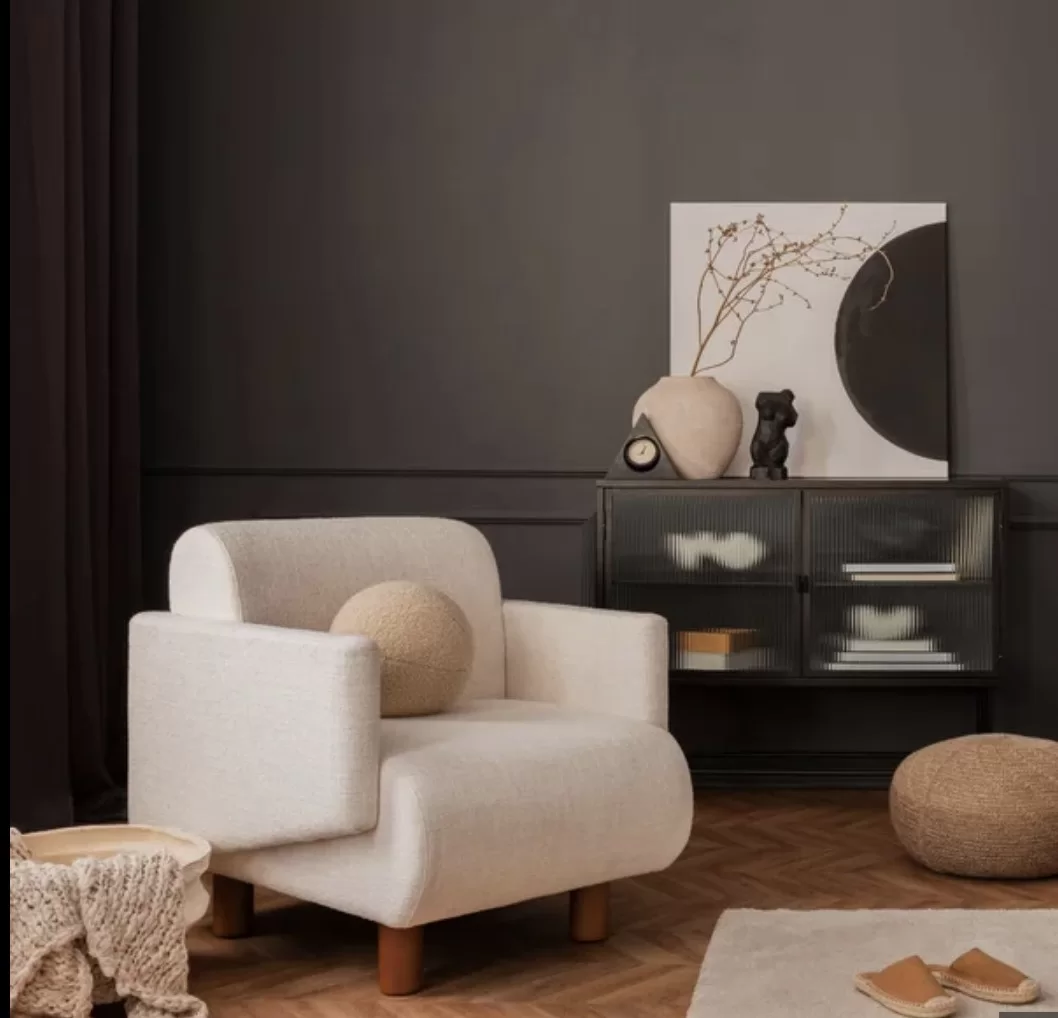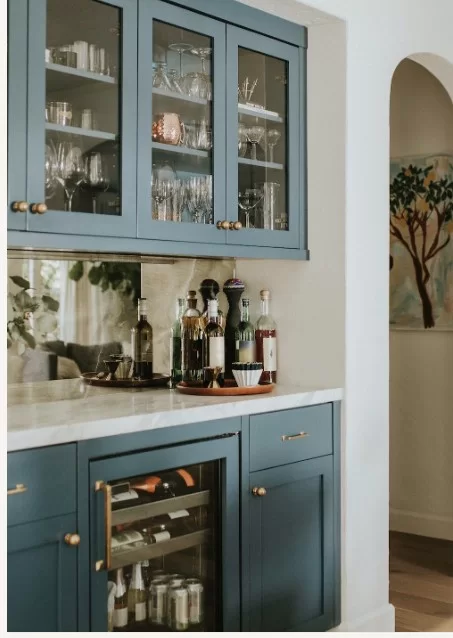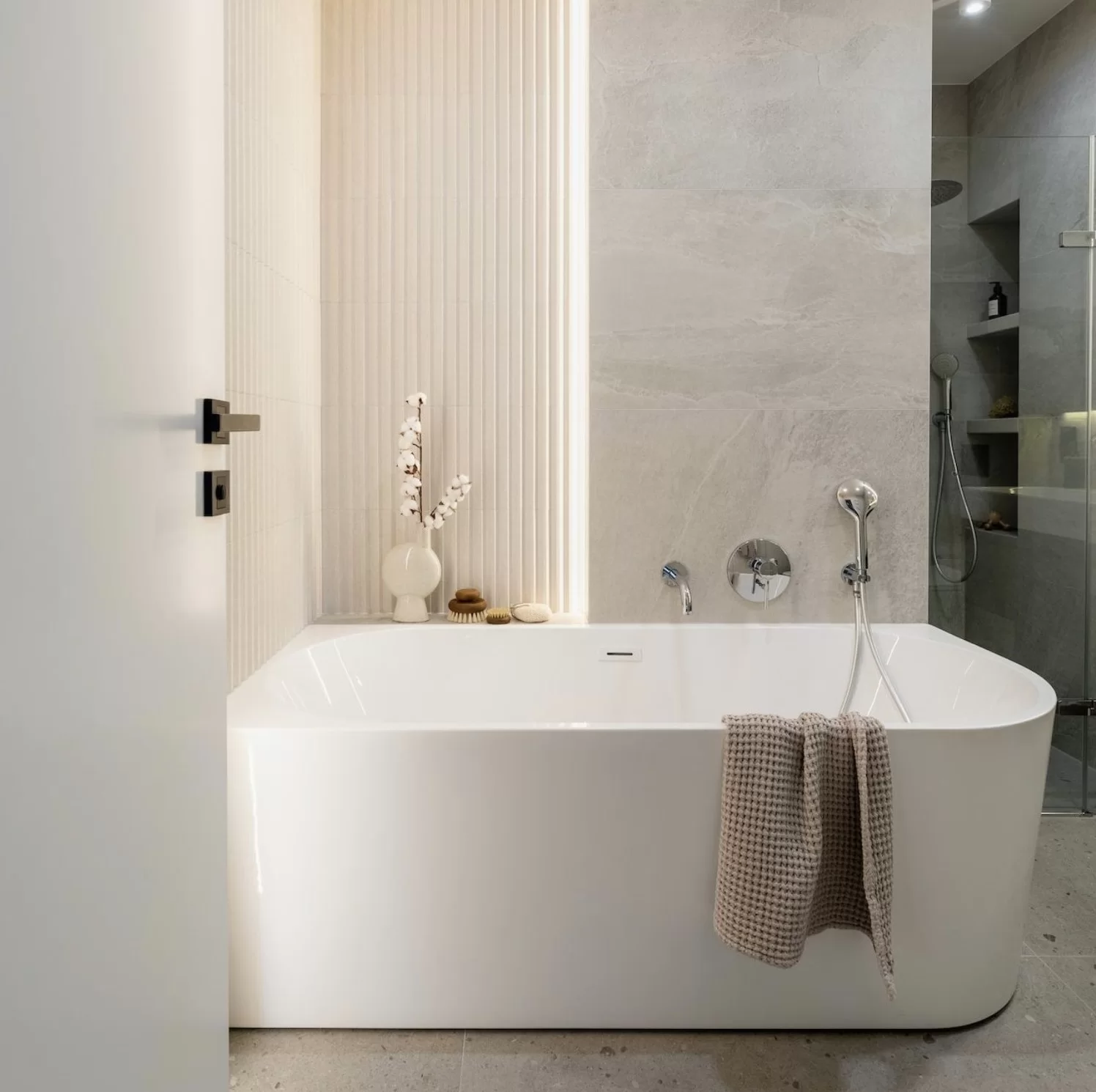In the world of interior design, luxury often evokes images of opulent furnishings, grandiose spaces, and extravagant details. But what if we told you that true luxury doesn’t just come from excess—it can also stem from a sense of simplicity, timelessness, and intentional design? As we step into a new era of design, “timeless luxury” is becoming a redefined concept, where sophistication meets sustainability, comfort, and purpose.
The Essence of Timeless Luxury
Timeless luxury is not just defined by the richness of materials, but also by the attention to detail, the balance of function and form, and the ability to evoke emotion in those who inhabit the space.
- Quality over Quantity: Luxury design emphasizes fewer, but more thoughtfully chosen, pieces that create a harmonious atmosphere.
- Emphasis on Craftsmanship: Handcrafted furniture and bespoke design elements elevate spaces, making them unique and long-lasting.
- Layered Aesthetics: Subtle details such as intricate textures, fine finishes, and personalized accents add depth and sophistication to each room.
Sustainable Luxury: A Rising Trend
In the age of climate awareness, sustainability is no longer a luxury—it’s a necessity. Luxury interior design is beginning to embrace eco-conscious choices without sacrificing elegance. Sustainable design blends seamlessly with timeless luxury by offering solutions that are both beautiful and responsible.
- Eco-Friendly Materials: Sustainable, ethically sourced materials, such as reclaimed wood and organic textiles, are now staples in luxury design.
- Energy Efficiency: Lighting, heating, and cooling systems are designed to be energy-efficient without compromising on style.
- Circular Economy: The practice of upcycling, repurposing, or selecting pieces with longevity in mind ensures that every design choice has a smaller environmental footprint.
Balancing Comfort with Opulence
The notion of luxury has traditionally been tied to extravagance and opulence, but today’s refined luxury blends these elements with an emphasis on comfort. Think velvet cushions, plush sofas, and rooms designed to be lived in, not just admired. The lines between functional and decorative blur, allowing for a space that invites relaxation while maintaining a sophisticated allure.
- Functional Elegance: Furniture and design elements are not only beautiful but serve a purpose, offering comfort and practicality alongside aesthetics.
- Relaxed Luxury: Emphasis on creating spaces that encourage relaxation and unwinding, with the softness of textiles like velvet, linen, and cashmere.
- Personalized Comfort: Customization of furniture and design choices ensures that spaces not only look luxurious but also feel tailored to individual tastes.
The Power of Subtle Details
While bold statements may capture attention, it’s often the subtle details that truly define luxury. Elegant interior design is all about the small touches that elevate a room’s aesthetic without overwhelming it. Whether it’s the intricate stitching on a leather armchair, the texture of a custom rug, or the understated elegance of bespoke lighting, these details create a sense of depth and intrigue.
- Custom Lighting: Lighting design that accentuates the architecture of a room, providing ambiance and drama without being overly flashy.
- Textural Layers: Combining textures—such as soft silks, rougher stone, and smooth marble—adds richness and interest to a room without overpowering it.
- Exquisite Accessories: Handpicked art pieces, vintage sculptures, or limited-edition objects enhance the uniqueness of a space.
The Future of Luxury Interior Design
As we look ahead, the future of luxury interior design is rooted in a delicate balance between indulgence and responsibility. It’s about creating spaces that are not only visually stunning but are also sustainable, comfortable, and full of purpose. The best luxury interiors are those that make you feel something—whether it’s a sense of awe or a deep, soul-soothing peace.
- Mindful Design: Luxury homes that embody mindfulness, focusing on spaces that promote emotional well-being and mental clarity.
- Technological Integration: Smart home features that enhance comfort and security while maintaining the aesthetics of luxury.
Heritage-Inspired Elements: Infusing modern designs with historical or cultural elements, creating timeless spaces that reflect personal identity and heritage.



